Pereira, N. et als.
Cir. plást. iberolatinoam. vol.43, no.3. jul./sep. 2017. pp 269-273
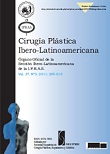 La fractura de los huesos propios nasales es la más frecuente de las fracturas faciales y su hallazgo concomitante con fractura septal varía desde un 34% a un 96.2%. Es necesario un abordaje adecuado para evitar complicaciones como obstrucción nasal y deformidades nasoseptales postraumáticas.
La fractura de los huesos propios nasales es la más frecuente de las fracturas faciales y su hallazgo concomitante con fractura septal varía desde un 34% a un 96.2%. Es necesario un abordaje adecuado para evitar complicaciones como obstrucción nasal y deformidades nasoseptales postraumáticas.
El objetivo de este trabajo fué presentar la técnica de asistencia endoscópica como alternativa para el tratamiento de lesiones septales agudas y compararla con los resultados del abordaje tradicional de esta patología.
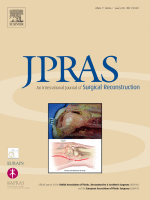 Rejuvenation of the dorsal surface of the hand for various conditions, such as cutaneous dyschromia, fine wrinkling, skin laxity, visible extensor tendons, and varicosities appear vital to prevent wrist and digit flexion resulting from hiding of the aged appearance of the hand. Numerous fillers have been applied to re-contour the aging dorsal surface of the hand and the results were variable. The micro-autologous fat transplantation (MAFT) technique, proposed by Lin et al. in 2006, has demonstrated its feasibility in facial rejuvenation. In this study, we applied the MAFT technique for the rejuvenation of the dorsal portion of the hand.
Rejuvenation of the dorsal surface of the hand for various conditions, such as cutaneous dyschromia, fine wrinkling, skin laxity, visible extensor tendons, and varicosities appear vital to prevent wrist and digit flexion resulting from hiding of the aged appearance of the hand. Numerous fillers have been applied to re-contour the aging dorsal surface of the hand and the results were variable. The micro-autologous fat transplantation (MAFT) technique, proposed by Lin et al. in 2006, has demonstrated its feasibility in facial rejuvenation. In this study, we applied the MAFT technique for the rejuvenation of the dorsal portion of the hand.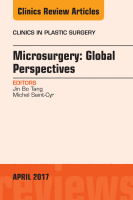
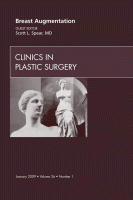 This article describes the indications and techniques related to the use of barbed sutures in facial aesthetic plastic surgery. The principle applications for barbed sutures in facial aesthetic plastic surgery are those involving lifts of the brow, midface, and the lower face and neck. Usually all three areas require surgical maneuvers to create a harmonious rejuvenation. Regardless of where in the face bidirectional barbed sutures are planned, five essential steps are needed: (1) making the incision or incisions, (2) dissecting soft tissue, (3) proximal anchoring, (4) deploying threads, and (5) molding soft tissue.
This article describes the indications and techniques related to the use of barbed sutures in facial aesthetic plastic surgery. The principle applications for barbed sutures in facial aesthetic plastic surgery are those involving lifts of the brow, midface, and the lower face and neck. Usually all three areas require surgical maneuvers to create a harmonious rejuvenation. Regardless of where in the face bidirectional barbed sutures are planned, five essential steps are needed: (1) making the incision or incisions, (2) dissecting soft tissue, (3) proximal anchoring, (4) deploying threads, and (5) molding soft tissue.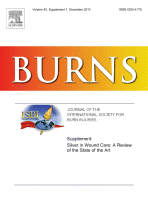 Xeroform ® is a petrolatum-based fine mesh gauze containing 3% bismuth tribromophenate. Bismuth, similar to other metals, has antimicrobial properties. Xeroform ® has been used for decades in burn and plastic surgery as a donor site dressing and as a covering for wounds or partial thickness burns. Despite this, the antimicrobial spectrum of Xeroform ® remains largely unknown. We examined the in-vitro efficacy of Xeroform ® against common burn pathogens using zone-of-inhibition methodology in a commercial research facility.
Xeroform ® is a petrolatum-based fine mesh gauze containing 3% bismuth tribromophenate. Bismuth, similar to other metals, has antimicrobial properties. Xeroform ® has been used for decades in burn and plastic surgery as a donor site dressing and as a covering for wounds or partial thickness burns. Despite this, the antimicrobial spectrum of Xeroform ® remains largely unknown. We examined the in-vitro efficacy of Xeroform ® against common burn pathogens using zone-of-inhibition methodology in a commercial research facility.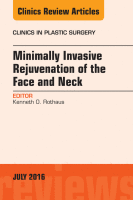 Intense pulsed light (IPL), also known as pulsed light and broad band light, is a nonlaser light source used to treat a variety of vascular and pigmented lesions, photo damage, active acne, and unwanted hair. Current IPL systems are much improved from older-generation devices with better calibration, integrated cooling, and improved tuning. These devices are extremely popular because of their versatility and are often the first devices recommended and purchased in many offices.
Intense pulsed light (IPL), also known as pulsed light and broad band light, is a nonlaser light source used to treat a variety of vascular and pigmented lesions, photo damage, active acne, and unwanted hair. Current IPL systems are much improved from older-generation devices with better calibration, integrated cooling, and improved tuning. These devices are extremely popular because of their versatility and are often the first devices recommended and purchased in many offices.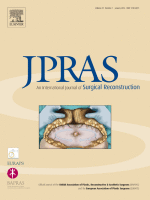 Augmentation mammaplasty is one of the most common surgical procedures performed by plastic surgeons. The aim of this study was to estimate the cost of the initial procedure and its subsequent complications, as well as project the cost of Food and Drug Administration (FDA)-recommended surveillance imaging.
Augmentation mammaplasty is one of the most common surgical procedures performed by plastic surgeons. The aim of this study was to estimate the cost of the initial procedure and its subsequent complications, as well as project the cost of Food and Drug Administration (FDA)-recommended surveillance imaging.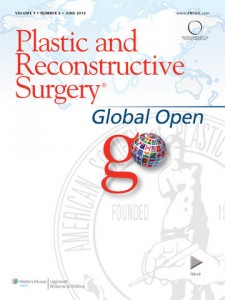 Psychoactive drug use is on the rise in the United States, with plastic surgery patients a potentially susceptible group. This study aimed to determine the incidence of cosmetic and reconstructive patients in our practice taking psychoactive drugs and to compare those values with the national average. Furthermore, we discuss the patient safety concerns when patients withhold their medical history information over the course of their treatment.
Psychoactive drug use is on the rise in the United States, with plastic surgery patients a potentially susceptible group. This study aimed to determine the incidence of cosmetic and reconstructive patients in our practice taking psychoactive drugs and to compare those values with the national average. Furthermore, we discuss the patient safety concerns when patients withhold their medical history information over the course of their treatment.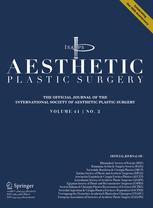


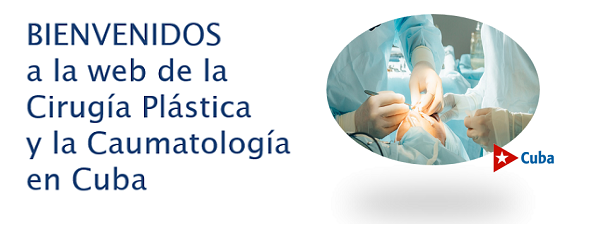
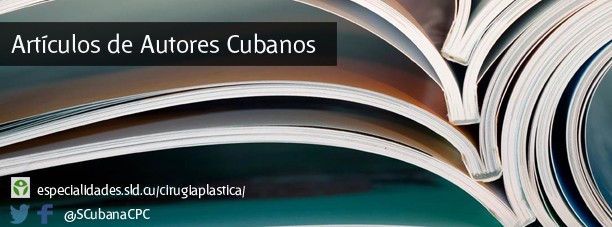
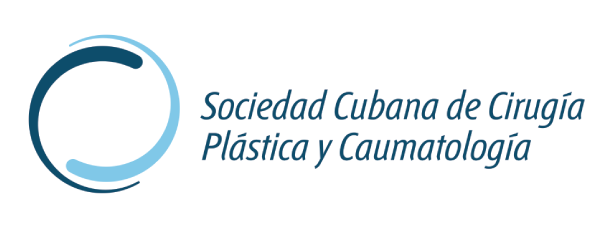
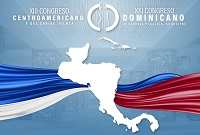
 Sitio web publicado el
Sitio web publicado el
Los lectores comentan